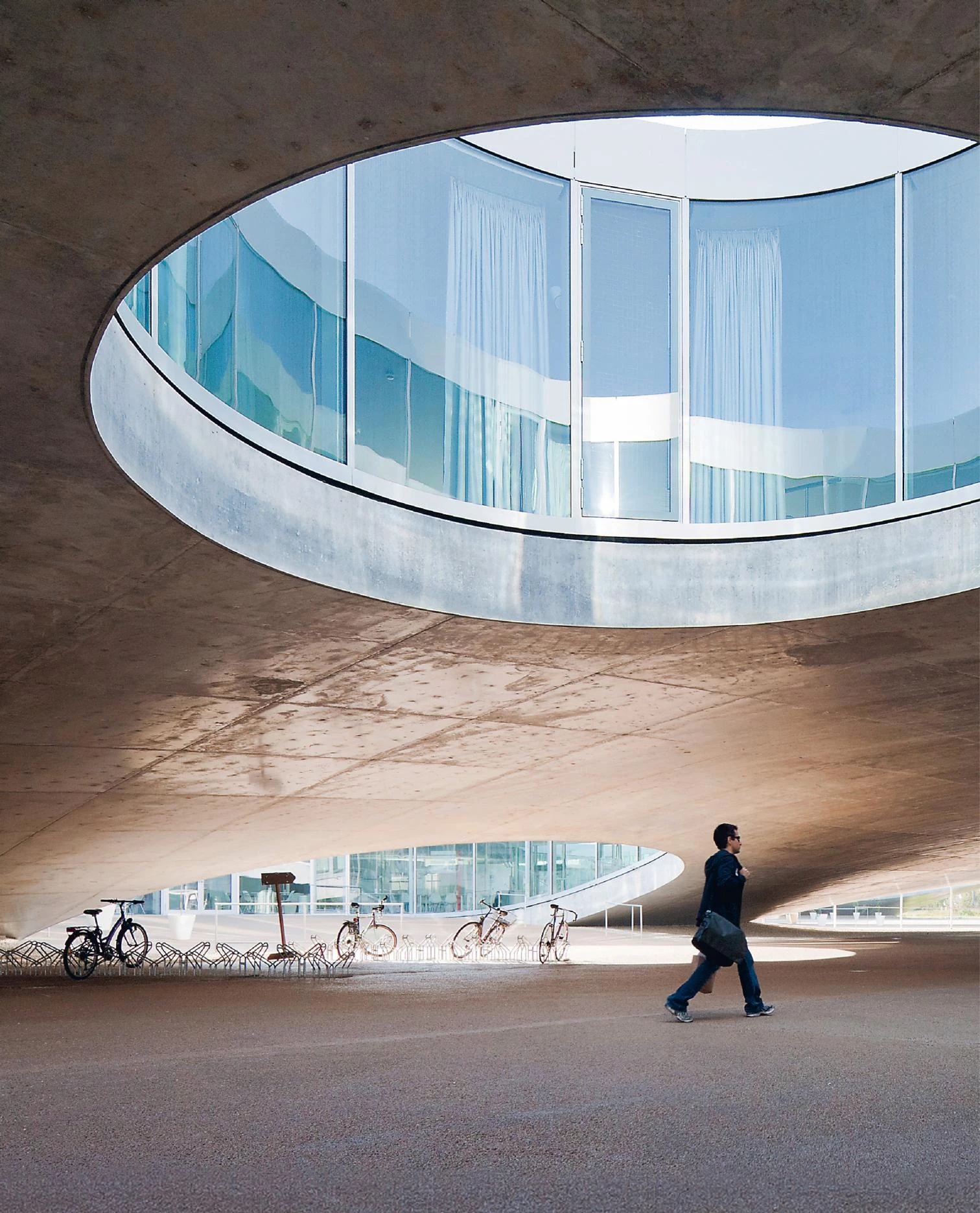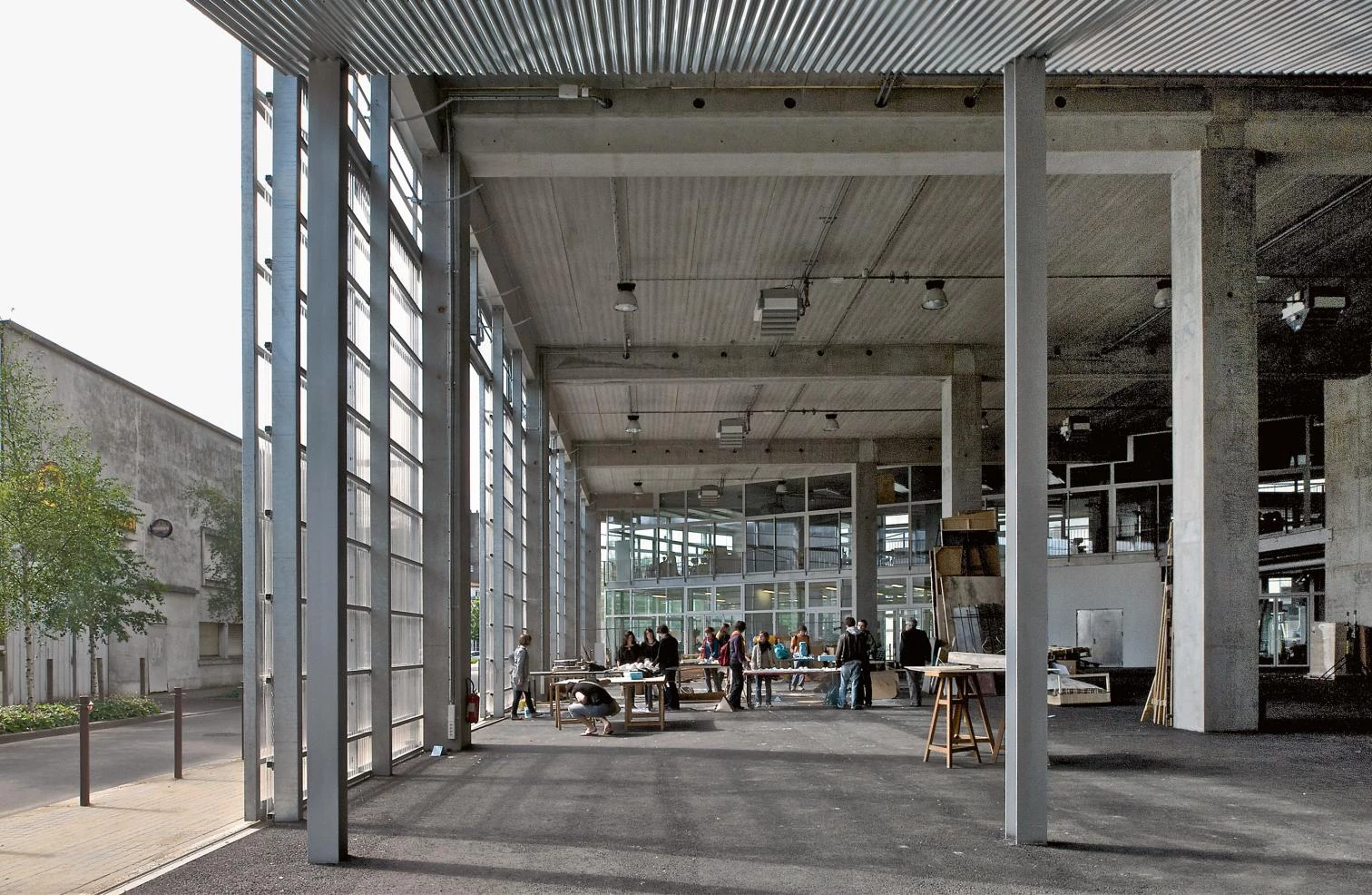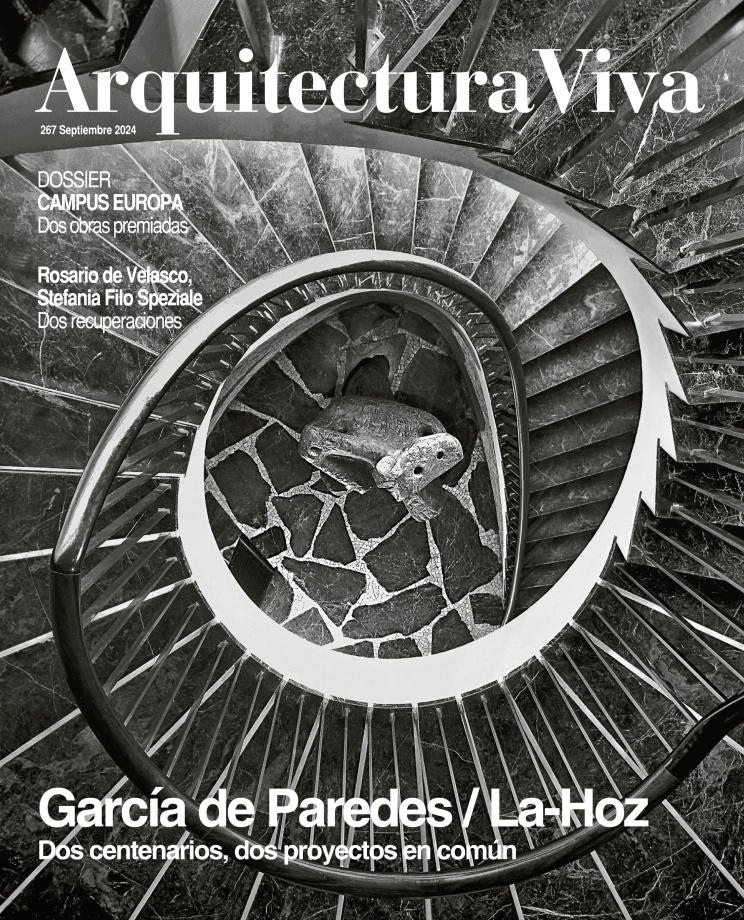Life and Knowledge
University Buildings in Europe

SANAA, Rolex Center at the Swiss Federal Institute of Technology, Lausanne (Switzerland)
Seated on chairs conferred on them by their credentials, professors preached while the students, sitting on long benches or standing on the sides of the room when there was no more space for them, listened with attention, took down notes, or succumbed to the beneficial and so often justified practice of daydreaming or outright snoozing. When the class ended, they filed out to the cloisters that those houses of knowledge had copied from monasteries, to later congregate and fraternize in the many colleges – almost always organized by ‘tongues’ or ‘nationalities’ – that made up the campus and structured its urban fabric to give it the vitality of youth.
Such was student life from the time, back in the 12th century, that Europe’s first universities appeared, and a model was established which originally tended to perpetuate itself but which – with the advent of modernity, and thus also widespread literacy, wellbeing, and social justice – eventually saw itself having to adapt to the demand for higher education of no longer just tens or hundreds, but thousands and tens of thousands. The old universities continued to bask in their venerable prestige, but learned to coexist with the many new ones that were colonizing the city and becoming powerful symbols of the bourgeoisie.
Architecture has inevitably echoed the process: if universities of yore wore Gothic garb and Renaissance raiments, the new institutions dressed neoclassical, neo-Gothic, and modern, and though in lots of places a pattern of isolated, autonomous buildings settled, the tendency was to add constructions around and close to them, giving rise to the old campus scheme, where faculties, colleges, streets, squares, and other elements grouped together like parts of a city, resulting in a more enriching university life, where learning came with living together and intellectual curiosity was not at odds with the pleasure of sports, leisure, and sometimes even love.
Evoking the rich tapestry of the earliest universities, this model is present in the two prize-receiving buildings featured here. The first is the winner of the Mies van der Rohe Award: the Study Pavilion at the Technical University of Braunschweig, by Gustav Düsing and Max Hacke, which fosters social interaction and the concoction of interdisciplinary knowledge among students and professors by means of a subtly diaphanous space that lends itself to constant reprogramming. The same can be said of the no less open-structured Lumen Learning Center at the heart of the Université Paris-Saclay campus, which earned the FAD International Award for MGM Morales De Giles Arquitectos and Beaudouin Architectes, the permeability of which brings people and the surroundings into what endeavors to be a true social agora.

Lacaton & Vassal, School of Architecture, Nantes (France)






